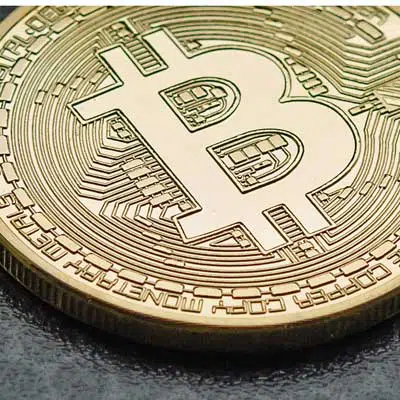Bitcoin entered 2020 on a high note but remains a volatile cryptocurrency, both in value and in transaction cost. That volatility can reward savvy users but continues to hinder the leading cryptocoin’s usefulness as a payment method.
The coin exited 2019 with a value exceeding $7,000, roughly double what it was as it entered the year. But that’s not the full story. Last summer, Bitcoin scaled the heights, reaching a peak of more than $12,800 in late June, according to statistics from CoinMarketCap.com It couldn’t sustain that lofty level and began a long downward drift over the ensuing months.
All told, 2019 was a better year for Bitcoin than 2018. That year, it reached a peak over $17,000 early in January, shed $10,000 in value over the ensuing month, suffered another collapse in November, and ended the year more than 70% under the value it started with.

Such volatility hurts the digital currency’s potential as a payment method, since merchants can never be sure of its value after accepting it. But Bitcoin’s price isn’t its only volatile feature. The fee users pay miners also fluctuates, sometimes wildly. As 2020 dawned, the fee to enter a transaction in the next block—which involves the fastest processing time—stood at 11 cents, according to bitcoinfees.info. Sounds reasonable. But that fee started 2019 at around a nickel and soared as high as $6 by summer, before tailing off the rest of the year.
With latency in the network, a rapidly climbing fee can require multiple attempts to complete a transaction as users struggle to keep up with the fee increases during a slow processing time.
Still, Bitcoin remains the king of the cryptocurrencies. Its market cap, which stood at $137.7 billion on Monday, commanded a two-thirds share of the total market cap of all the coins and tokens tracked by CoinMarketCap.com, a number that exceeds 5,000. And in May, a so-called halving is set to take place, in which the number of Bitcoins awarded to miners will be chopped in half, from 12.5 coins to 6.25.
This event, which is baked into Bitcoin’s code, occurs roughly every four years. It can lead to sharp increases in Bitcoin’s price as less well-equipped miners step away from the business in the face of the reduced incentive. Its last occurrence, in July 2016, led to a price rise, but it developed slowly over the course of four months .
Taking the long view may also cheer holders of Bitcoin. The cryptocurrency’s value since July 2010 has grown more than 9,000,000%, according to a recent calculation by Bloomberg News.





